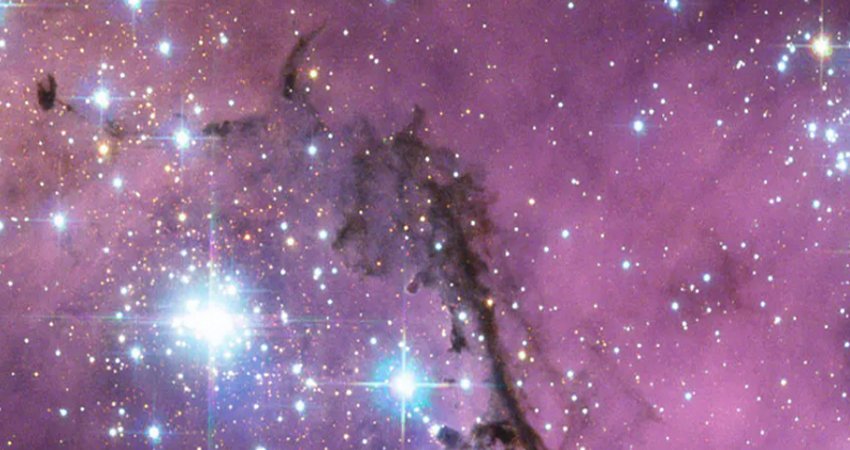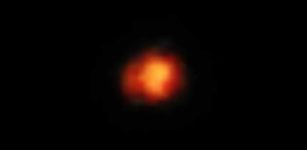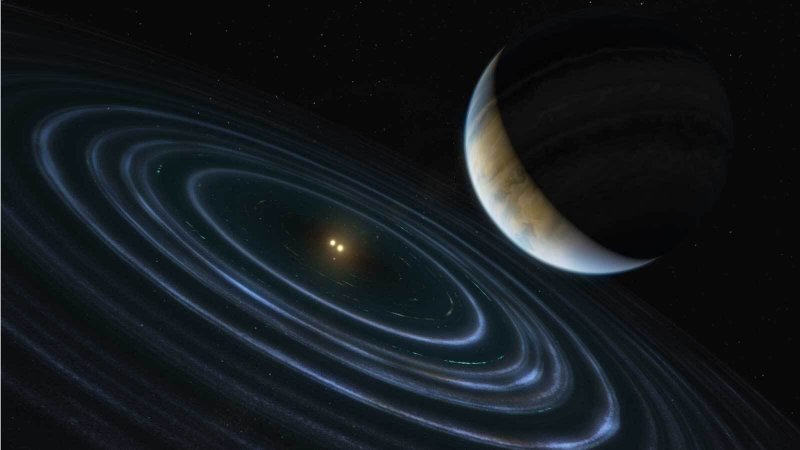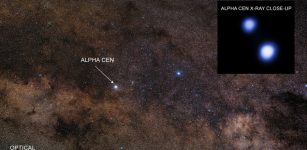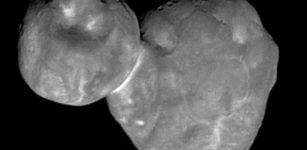“Super-Puff” Worlds Of The Kepler 51 Star System – Observed By Hubble
Eddie Gonzales Jr. – MessageToEagle.com – Using the Hubble Space Telescope, researchers decided to take a closer look at the “super-puff” worlds of the Kepler 51 star system, located about 2,400 lightyears, or thousands of trillions of miles, from Earth and is a relative youngster at 500 million years old.
 An artist’s depiction of the Kepler 51 star system.
An artist’s depiction of the Kepler 51 star system.
Their goal is to uncover the components that make up the exoplanets’ atmospheres—and to provide new clues around how such low-density planets may have formed in the first place.
The fluffy globes are the lowest density exoplanets ever discovered beyond Earth’s solar system.
“We knew they were low density,” Jessica Libby-Roberts, a graduate student at the University of Colorado at Boulder, said in a press release.
“But when you picture a Jupiter-sized ball of cotton candy—that’s really low density.”
All three planets had a density of less than 0.1 grams per cubic centimeter of volume.
Zachory Berta-Thompson, an assistant APS professor and a co-author of the new research, said that the Kepler 51 system allows studying worlds that “are very different than ours, but they also place the planets in our own solar system into a larger context.”
As Berta-Thompson explained, super-puff planets are relatively rare in the galaxy—fewer than 15 have been recorded so far. Kepler 51’s trio, which was first described in 2014, take planetary puffiness to new levels. Their discovery was “straight-up contrary to what we teach in undergraduate classrooms.”
The team also looked deeper, to peer into the planets’ atmospheres, but the atmospheres of the super-puffs weren’t transparent at all. Instead, they appeared to be shrouded by a high-altitude layer of something opaque.
“It definitely sent us scrambling to come up with what could be going on here,” Libby-Roberts said. “We expected to find water, but we couldn’t observe the signatures of any molecule.”
The innermost of the three worlds, for example, dumps an estimated tens of billions of tons of material into space every second. The group calculated that if that trend continued, the planets could shrink considerably over the next billion years, losing their cotton candy-like puffiness.
Written by Eddie Gonzales Jr. – MessageToEagle.com Staff

